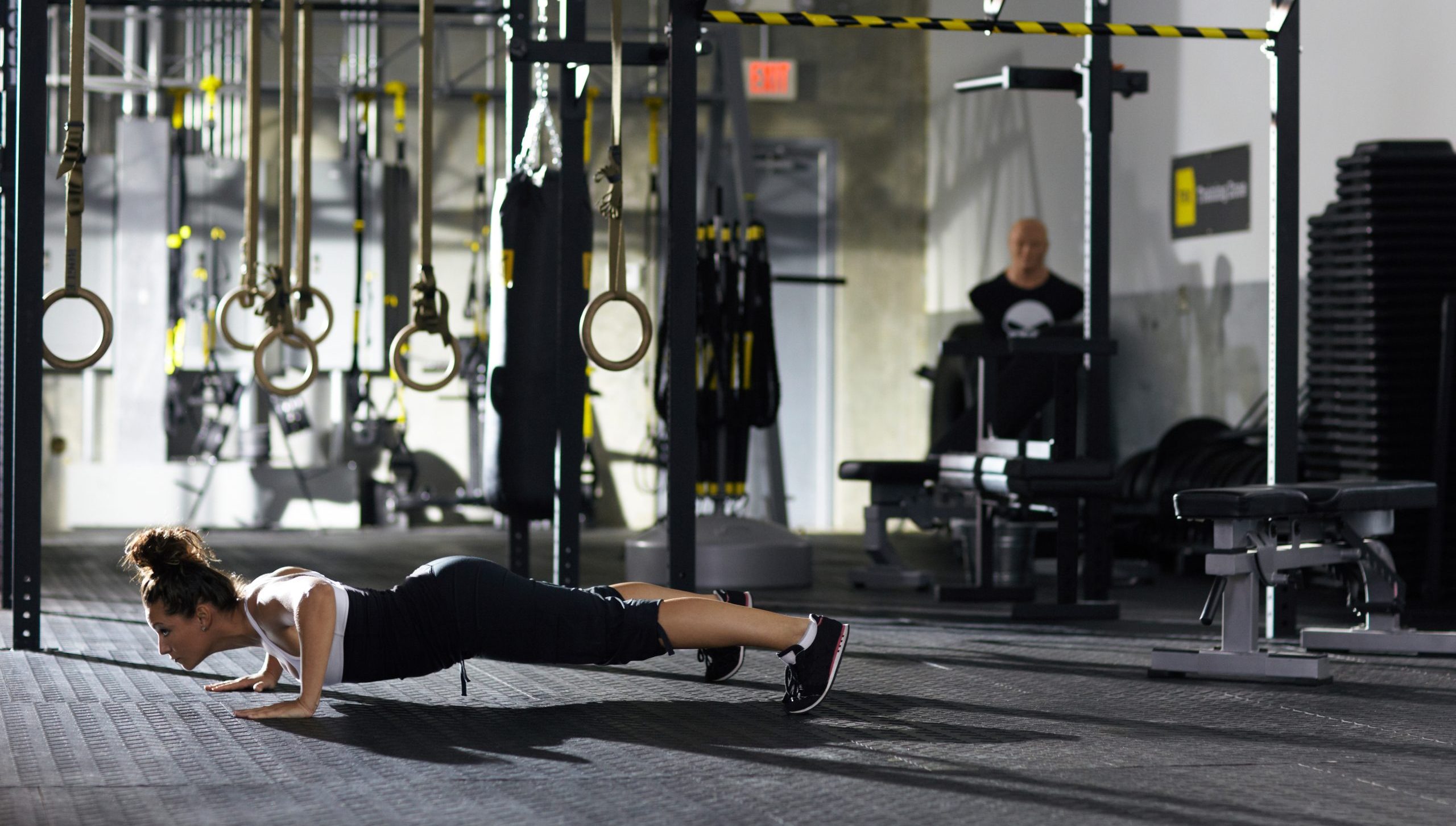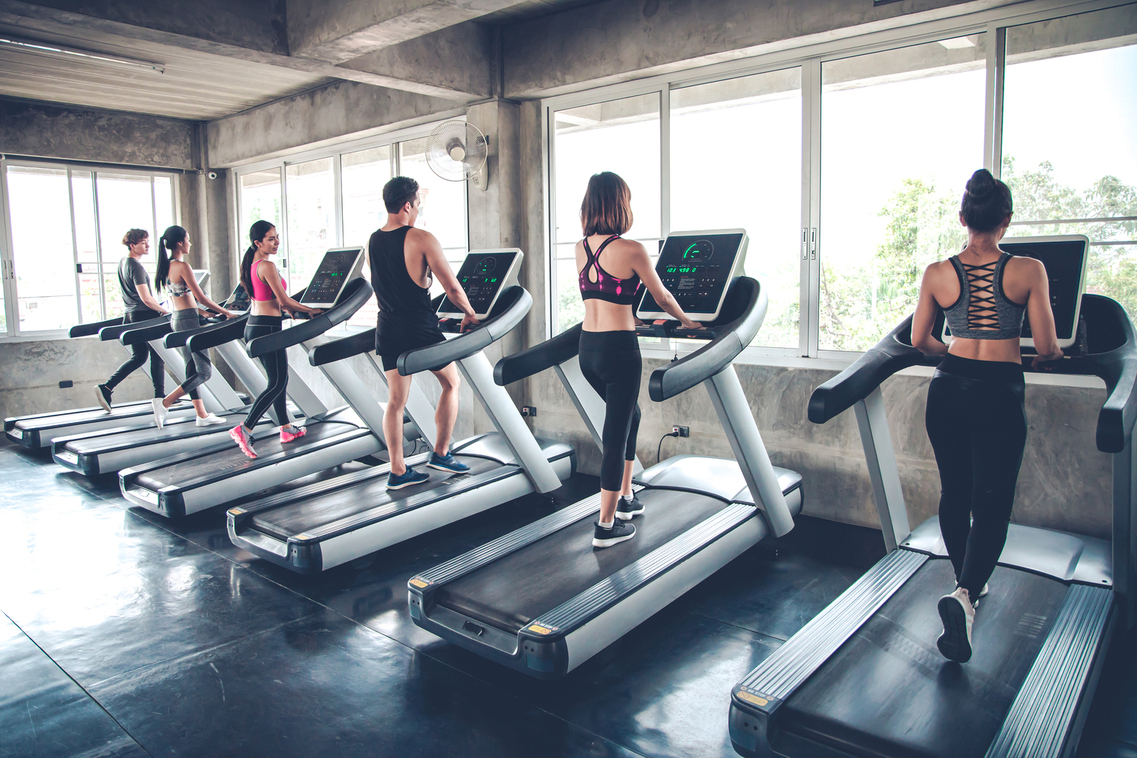In the highly competitive fitness industry, having a strong online presence is crucial for attracting new customers and retaining existing ones. Search Engine Optimization (SEO) plays a pivotal role in ensuring that your local gym stands out in the digital landscape. In this article, we will explore effective tips and strategies to optimize your local gym SEO, helping you reach a wider audience and boost your business.
Table of Contents
Local SEO is a specialized branch of search engine optimization that focuses on optimizing a business’s online presence for local searches. For local gyms, this means targeting potential clients within a specific geographical area. Here are some key aspects to consider:
Claim and Optimize Your Google My Business Listing
One of the fundamental steps in local SEO is claiming and optimizing your Google My Business (GMB) listing. Ensure that all information, such as your gym’s name, address, phone number, and business hours, is accurate and up-to-date. Add high-quality images of your gym to showcase its facilities.

Local Keywords Research
Identify and incorporate relevant local keywords into your website content. Understand the phrases potential gym-goers in your area are likely to use when searching for fitness facilities. This might include location-specific terms like the city or neighborhood your gym is situated in.
On-Page SEO Strategies
Create Location-Specific Landing Pages
Develop individual landing pages for each location your gym serves. These pages should contain relevant information about the specific gym, its facilities, trainers, and any unique features. Optimize each page with location-specific keywords to improve its visibility in local searches.
Optimize Title Tags and Meta Descriptions
Craft compelling and descriptive title tags and meta descriptions for each page on your website. Include relevant local keywords and a clear call-to-action to entice users to click through to your site. This not only improves your SEO but also enhances user engagement.
Mobile-Friendly Website Design
With the increasing use of smartphones, having a mobile-friendly website is essential. Google prioritizes mobile-friendly websites in its search results. Ensure that your gym’s website is responsive and provides a seamless user experience across different devices.
Improve Page Load Speed
Users expect websites to load quickly, and search engines take page speed into account when ranking websites. Compress images, leverage browser caching, and optimize code to enhance your site’s loading speed. A faster website not only improves SEO but also contributes to a positive user experience.
Off-Page SEO Strategies
Build High-Quality Local Citations
Consistent and accurate business information across various online directories and platforms can positively impact your local SEO. Ensure that your gym’s name, address, and phone number are consistent across platforms such as Yelp, Yellow Pages, and other relevant directories.
Encourage Customer Reviews
Positive reviews not only enhance your gym’s reputation but also play a role in local SEO. Encourage satisfied customers to leave reviews on your GMB listing and other review platforms. Responding to reviews, whether positive or negative, shows that you value customer feedback.
Local Link Building
Build relationships with local businesses and organizations to gain high-quality backlinks. Collaborate on community events, sponsorships, or partnerships that can lead to links back to your website. Local backlinks can significantly boost your gym’s local search visibility.
Utilize Social Media for Local Engagement
Leverage social media marketing to engage with the local community. Share updates about your gym, promote local events, and interact with your audience. Social signals, such as likes, shares, and comments, can indirectly impact your SEO.

Monitoring and Analytics
Regularly Monitor Local SEO Performance
Use tools like Google Analytics and Google Search Console to monitor the performance of your local SEO efforts. Track key metrics such as website traffic, user engagement, and keyword rankings. Analyzing this data helps you identify what is working well and areas that may need improvement.
Adapt and Evolve
The digital landscape is dynamic, and search engine algorithms continually evolve. Stay informed about industry trends, algorithm updates, and changes in user behavior. Regularly update your SEO strategy to adapt to these changes and maintain a competitive edge.
FAQs – Tips for Optimizing Your Local Gym SEO
Why is local SEO important for my gym?
Local SEO is essential for your gym because it helps your business appear in local search results, making it easier for potential customers in your area to find and choose your gym over competitors. It enhances your online visibility, attracts local traffic, and ultimately boosts your gym’s success.
How can I claim and optimize my Google My Business listing?
To claim your Google My Business (GMB) listing, visit the Google My Business website and follow the verification process. Once claimed, ensure that all information is accurate, including your gym’s name, address, phone number, business hours, and high-quality images.
What are local keywords, and how do I identify them for my gym?
Local keywords are phrases that include location-specific terms relevant to your gym’s area. To identify them, think about what potential customers might search for when looking for a gym in your locality. Use tools like Google Keyword Planner or other SEO tools to research and identify the most relevant local keywords.
How can I create effective location-specific landing pages?
Create dedicated landing pages for each location your gym serves. Include relevant information about the specific gym, such as facilities, trainers, and unique features. Optimize these pages with location-specific keywords to improve their visibility in local searches.
Why is mobile-friendliness important for my gym’s website?
A mobile-friendly website is crucial because a significant portion of internet users access websites through smartphones. Google prioritizes mobile-friendly websites in search results, and having a responsive design ensures a positive user experience, contributing to higher SEO rankings.
Conclusion
Optimizing your local gym’s SEO is a multifaceted process that requires a combination of on-page and off-page strategies. By claiming and optimizing your Google My Business listing, incorporating local keywords, and implementing effective on-page and off-page SEO techniques, you can enhance your gym’s visibility in local searches. Engaging with the local community through social media, encouraging customer reviews, and building local citations further solidify your online presence.


